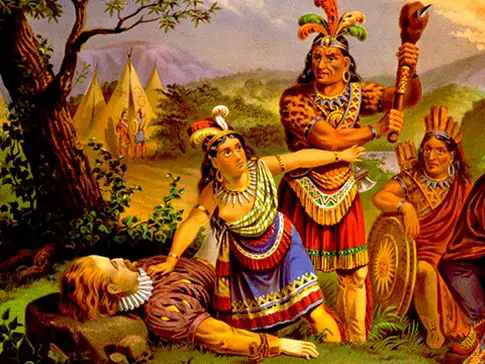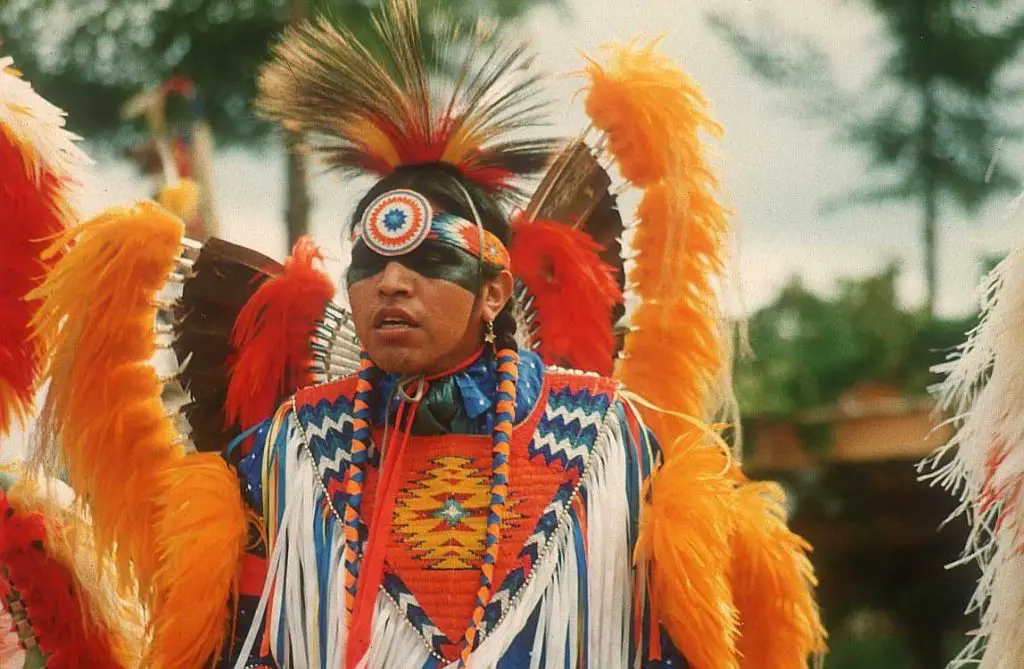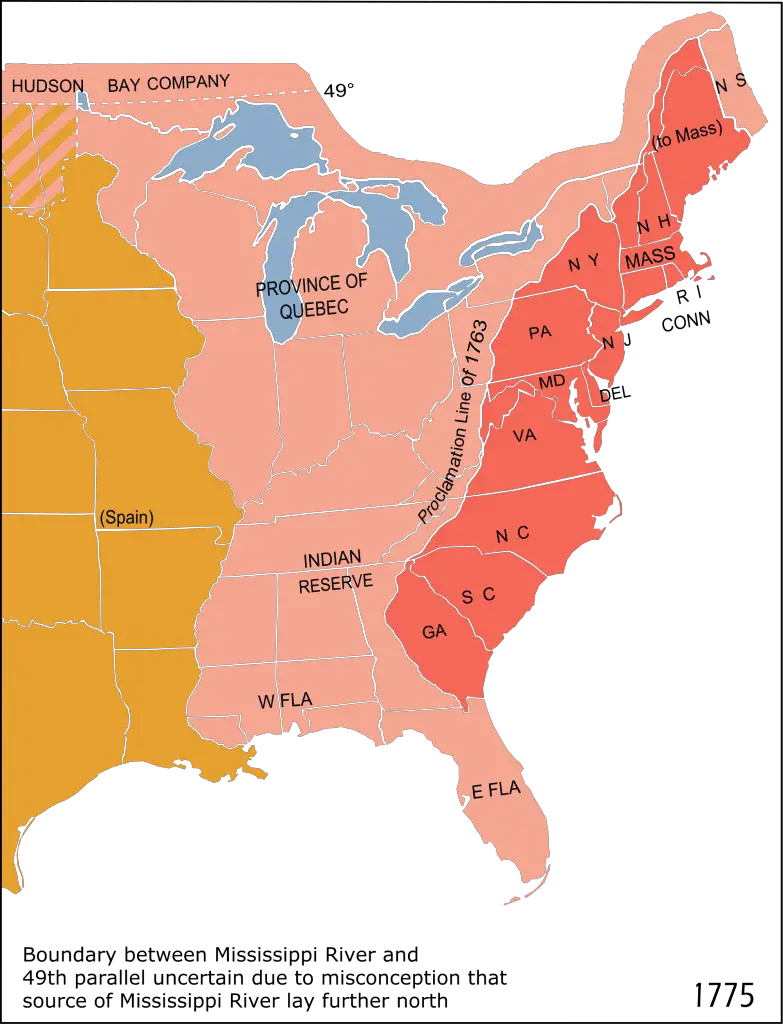On this website, we have chosen to divide the history of America into 3 broad areas.
Native American History- names of tribes, way of life, where did they come from?

While most people know America after its discovery by Christopher Columbus, for thousands of years, the United States was the home of Native Americans who lived there for thousands of years.
You can read about the rich culture of the native Americans and learn about the daily lives of the tribes, their Chiefs, their homes, and their favorite pastimes. There are several native American Indian tribes and we have given an overview of these. There is information about many famous Native Americans like Pocahontas and Sitting Bull.
Introduction
Native Americans have a long and rich history that spans many different parts of the world. In this article, we’ll be taking a look at some of the most well-known Native American tribes and their names, as well as exploring some of their traditional customs and way of life. We’ll also provide a brief overview of where they originated from, and what led to their disappearance in modern times.
The Five Tribes of the Cherokee Nation
The Cherokee Nation is made up of five tribes: the Eastern Band of Cherokee, the Middle Band of Cherokee, the Western Band of Cherokee, the Creek Nation, and the Seminole Nation. The Eastern Band of Cherokee is located in North Carolina and the Middle and Western Bands are located in Georgia. The Creek Nation is located in Oklahoma. The Seminole Nation is located in Florida.
The way of life for the Native American tribes was very different from that of the European settlers. Each tribe had its own way of living and worshiping. Some things that differed between the tribes included clothing, food, language, and dance. Some of the most well-known Native American tribes are the Cherokee Nation, the Choctaw Nation, and the Osage Tribe.

The Osage Nation
The Osage Nation is located in present-day Missouri. The tribe’s traditional territory extended into present-day Kansas and Oklahoma. The Osage people were renowned for their skill as horseback riders and hunters.
According to tribal legend, the Osage people descended from the legendary mounds builder, Pawnee Chief Black Kettle. The Osage were one of the first tribes to adopt Christianity and were among the signatories of the Treaty of 1803, which ceded much of their ancestral land to the United States. In 1828, the tribe settled near present-day Independence, Missouri, where they built a fort and began farming. In 1838, an outbreak of smallpox devastated the Osage community, killing more than two-thirds of the tribe. The survivors were relocated to the Indian Territory (now Oklahoma) in 1839.
Today, the Osage Nation operates its own government and schools. Members of the tribe have served in both the U.S. military and Congress.
The Ponca Nation
The Ponca Nation is one of the most well-known tribes in Native American history. They lived in present-day Nebraska and Kansas before being forced to move to Oklahoma in 1881. The Ponca Nation is made up of three main tribes, the Arapaho, the Kiowa, and the Ponca.
The name “Ponca” comes from a word meaning “many waters.” The Ponca were originally located along the upper Missouri River and its tributaries. The tribe’s way of life was centered around hunting, fishing, and farming. They were known as skilled farmers and had a strong economy based on trade with other nations.
The Ponca Nation experienced great tragedy during its time on the Great Plains. In 1876, the tribe was attacked by General Custer and his troops in what is now known as the Battle of the Little Bighorn. This battle resulted in the death of more than 200 Ponca tribal members, making it one of the deadliest events in American Indian history.
Despite these losses, the Ponca Nation continued to struggle until they were forced to move to Oklahoma in 1881. The tribe experienced further tragedy when many members died from disease while living on
The Quapaw Nation
The Quapaw Nation is a tribe of Native Americans who reside in Oklahoma. They speak the Quapaw language. The Quapaw Nation was formed in 1835 by the merger of the Osage and Kansa tribes. The tribe’s traditional territory extends from northeastern Kansas to southeastern Oklahoma. The Quapaw were once one of the most powerful Native American nations. However, by the early 1900s, they had lost much of their land to white settlers and were forced to live on reservations. Today, the Quapaw Tribe is active in economic development and social welfare programs.
The Apache Tribe
The Apache Tribe is a Native American group that resides in the southwestern United States. The tribe’s traditional territory includes parts of Arizona, New Mexico, and Texas. Apache tribes are believed to have migrated from the Great Plains region in the early 16th century. The Apache Tribe has a unique way of life that is based on hunting and gathering. Today, they are involved in cattle ranching and mining.
The Apache Tribe is composed of several distinct groups, including the Lipan, Navajo, and Ak Chin. Each group speaks its own dialect of the Apache language. In addition to their traditional ways of life, the Apache Tribe has also adopted Christianity into their culture. They are one of the few Native American groups who have maintained their traditional way of life while becoming a part of mainstream American society.
The Chiricahua Apache Tribe
The Chiricahua Apache Tribe is located in southeastern Arizona. The tribe’s traditional territory ranged from the Gila River to the Colorado River and as far north as the San Francisco Peaks. The tribe has a population of approximately 1,500 people.
In 1849, a group of Chiricahua Apache led by their chief, Cochise, fled from their home in southern Arizona to escape Mexican soldiers who were seeking revenge for earlier raids. The Apache settled in what is now New Mexico. In 1876, the United States Army forced the Apaches to move again, this time to southeastern Arizona. In 1880, the tribe was relocated once again to its present-day home in Arizona.
The Chiricahua Apache Tribe is a member of the Western Apache Tribe Council. The tribe operates its own government and schools. The tribe is also engaged in cattle ranching and farming.
Conclusion
Native American history is fascinating, and there are so many interesting tribes to learn about. On this website, we’ve highlighted some of the most well-known Native American tribes and discussed their names, origins, and way of life. We hope you will enjoy getting to know a little more about these fascinating cultures, and that this information will help you when researching Native American history in further detail.
Colonization of America – when did it start, when did it end?
English went to the USA in 1607 in the territory now called Jamestown, Virginia. Other European settlers like France, Spain, and the Netherlands also colonized North America. In the history of the US, many Native Americans were killed, died of disease, or lost their land to intruders.
There were 13 colonies in 1733. In 1775, Revolutionary War, led by George Washington, started between the colonies and Britain. The reason for war was the American colonists being upset over changes in British policies. On July 4, 1776, people from the thirteen colonies created the United States Declaration of Independence. The main announcement was that they were free from Great Britain. The Americans won.
As fascinating as the history of America is, it can be difficult to piece together the timeline of events.

What is Colonization and the Columbian Exchange?
Colonization of America – when did it start, when did it end? Colonization is the process of establishing a colony in another country. The first colonies were established in North America by the British in the early 18th century. The Columbian Exchange was a series of events that took place between Europe and America during the mid-16th to late-19th centuries. The Columbian Exchange refers to the numerous items that were exchanged between Europeans and Native Americans during this time period. This included goods such as tobacco, textiles, and food.
The Prehistory of the Americas
In 1492, Christopher Columbus sailed the ocean blue in search of new land to call home. After weeks of sailing and frustratingly poor weather, he stumbled upon a seemingly perfect island – now known as Hispaniola.
Although Columbus had landed on an uninhabited island, his voyage kickstarted what is now known as the colonization of America. Within two centuries, Spain and Portugal had claimed most of the Americas, setting off a centuries-long process that would see Europeans spread across the continent.
The colonization of America ended with the American Revolution in 1783 and the Treaty of Paris in 1783, which recognized American independence from Great Britain. While some regions – like California – remained under Spanish or Portuguese control for longer periods, ultimately the colonization of America was a largely European phenomenon.
When did America Begin to be Colonized?
The answer to this question is a little bit complicated. America was first colonized by the Spanish in the early 1500s, but colonization did not really take off until the late 1600s and early 1700s. America officially became a colony of England in 1607, but colonization by other countries continued well into the late 1800s.
The End of American Colonialism
The colonization of America began in the early 16th century and ended around 1825. It started to decline in the 1700s and 1800s, but it was not until the 1830s that it officially ended. There are several reasons for this decline, but the main one is that America became a multi-ethnic country.
Independent America
A constitution was created in 1787 and a Bill of Rights in 1791. These were based on the idea of “social contracts”. George Washington became its first president. The early 1800s saw the new American nation dealing with now abolished issues like slavery.
In 1861, several states in the South left the United States to start a new country called the Confederate States of America. This caused the American Civil War. Immigration resumed after the war and some Americans became very rich in this Gilded Age now the country is the biggest economy and the most powerful nation in the world.
What Changed After Colonialism Ended?
Colonialism, or the process of establishing a colony in another country, is often seen as a period of great change for America. It started in the early 16th century and lasted until the end of the 18th century. During this time, America underwent a lot of transformation, both culturally and politically. Here are four key changes that happened after colonialism ended:
1) The United States became a more unified nation. Before colonization, America was made up of many different cultures and languages. After colonialism, however, the United States became a more centralized country with a single language and culture. This helped to create a more unified nation that could stand up to external threats.
2) America became a more democratic country. Before colonization, America was ruled by a few powerful families. After colonization, however, America underwent a process of democracy that allowed people from all walks of life to have their voices heard. This helped to create a more open society that was able to improve the quality of life for its citizens.
3) America became an increasingly powerful nation. Before colonization, America was largely dependent on Europe for its economy and military strength. After colonization, however, America began to develop its own economy and military